Labor Collective Bargaining Rights from the Perspective of CPTPP: A Comparative Analysis and China's Response
DOI: 10.23977/law.2025.040511 | Downloads: 5 | Views: 168
Author(s)
Bai Xue 1
Affiliation(s)
1 School of Law, Xinjiang University, Urumqi, China
Corresponding Author
Bai XueABSTRACT
The CPTPP aims to be "comprehensive and progressive", with its progressiveness primarily reflected in the integration of labor rights with international trade rules, requiring member states to incorporate various labor rights stipulated in the agreement into their domestic laws and related practices. This paper focuses on the provisions related to collective bargaining rights under the CPTPP, revealing the gaps between China's labor collective bargaining system and the CPTPP in terms of trade union independence, negotiation effectiveness, and legal remedy mechanisms. In China, issues such as the administrative tendencies of trade unions affecting their representational efficacy, the vagueness of collective bargaining content, insufficient practical effectiveness, and ambiguous legal remedy provisions pose obstacles to aligning with CPTPP labor standards. By drawing on the reform experiences of CPTPP member states like Vietnam and Mexico in aligning with CPTPP labor standards, this paper proposes pathways for China, including legislative improvements, promoting trade union representativeness and autonomy reforms, strengthening the binding force of collective bargaining content, and constructing a multi-level safeguard system, to facilitate the substantive alignment of China's labor protection system with CPTPP labor standards.
KEYWORDS
CPTPP; Labor Standards; Collective Bargaining Rights; Trade Unions; Legal RemediesCITE THIS PAPER
Bai Xue. Labor Collective Bargaining Rights from the Perspective of CPTPP: A Comparative Analysis and China's Response. Science of Law Journal (2025) Vol. 4: 71-83. DOI: http://dx.doi.org/DOI: 10.23977/law.2025.040511.
REFERENCES
[1] PRTEI P A, PLUMMER M G. Should China join the New Trans-Pacific Partnership? [J]. China & world economy, 2020,28(2): 18-36..
[2] Article 19.2.5 of the CPTPP.
[3] Vogt, J. S. (2019).The Evolution of Labor Rights and Trade: A Transatlantic Comparison and Lessons for the CPTPP. Journal of International Economic Law, 22(2), 231–253.
[4] Fabio Giuseppe Santacroce, “The Applicability of Human Rights Law in International Investment Disputes”, (2019) 34(1) ICSID Review 136 p. 145.
[5] Zeng Xianyi, Guan Huai: Labor Law Review [M]. Renmin University of China Press: 200512:431.
[6] Ye Jingyi: Selected Papers on the Labor Contract Law over a Decade (2008-2018) [M]. China Democracy and Legal System Publishing House: 201811:497.
[7] Yang Chengxiang: Research on the Implementation, Evaluation and Innovation of China's Collective Consultation System [M]. Xinhua Publishing House: 201711:266.
[8] Tian Silu, Kong Lingming: "Strikes over Rights Disputes: The Denial of Legitimacy" [J]. Contemporary Law Review, 2017, 31(04): 110-121.
[9] Lin Jia: "The Construction of Social Consultation System from the Perspective of Labor Law" [J]. Jurists Review, 2016, (03): 80-93+177-178.
[10] Xie Zengyi: "Legislative Approaches to Protecting Labor Rights in Platform Employment" [J]. Peking University Law Journal, 2022, 34(01): 104-123.
[11] Chang Kai: "The Collective Transformation of Labor Relations and the Improvement of Government Labor Policies" [J]. Social Sciences in China, 2013, (06): 91-108+206.
[12] Qin Guorong: "Research on New Changes in Labor-Capital Relations and Their Legal Regulation in the Platform Economy Era" [J]. Social Science Front, 2023, (05): 207-219.
[13] Feng Yanjun: "The Generation and Realization of Collective Contract Effectiveness—Aiming at Creating 'Harmonious Labor'" [J]. Journal of Nanjing Normal University (Social Science Edition), 2016, (02): 77-86.
[14] Dong Baohua, Qiu Jie: "An Analysis of the Localization of International Labor Standards" [J]. Shanghai Enterprise, 2004, (05): 24-27.
[15] Shen Jianfeng: "On the Private Law Structure of Collective Contracts" [J]. Journal of China University of Labor Relations, 2019, 33(04): 1-14.
[16] Liang Yong, Wei Jiayi: "China's Autonomous Acceptance of CPTPP Labor Rules: From the Perspective of Vietnam's Accession to CPTPP" [J]. Chinese Journal of International Law, 2025, (01): 127-144.
[17] Article 19.3.1 of the CPTPP.
[18] Article 28.20 of the CPTPP.
[19] Cao Yan: "Current Administrative Tendencies in Trade Unions and Reform Strategies" [J]. Journal of Beijing Trade Union Cadres College, 2016, 31(02): 32-36.
[20] Article 19 ("Labour") of the CPTPP emphasizes that member states shall respect and promote the fundamental labor rights and principles as defined by the International Labour Organization (ILO). These include the rights of workers to freely associate, form and join trade unions, and engage in collective bargaining.
[21] Tan Qiuxia, Yang Shilin: "Legal Interpretation of the Collective Bargaining System in Harmonious Labor Relations" [J]. Seeker, 2013, (08): 204-206.
[22] Hu Xinhua: "On Collective Bargaining Rights as One of the Core Labor Standards" [J]. Law Science Magazine, 2004, (03): 65-67.
[23] Cui Haoran, Li Ben: "Responding to the Challenges of CPTPP State-Owned Enterprise Rules: The Adaptation of Vietnam's Domestic Laws and Its Implications" [J]. Intertrade, 2022, (08): 61-69.
[24] Wang Yiting: "A Brief Analysis of Vietnam's Labor Legal System" [J]. Western Academic Journal, 2021, (17): 51-54.
[25] Yang Yi, Yang Yiwen: "The Evolution of Mexico's Labor Governance Model under Regional Free Trade Agreements" [J]. Journal of Latin American Studies, 2025, 47(04): 31-59+163.
[26] Shao Xinguo: "The Alignment and Application of International Labor Standards under the Belt and Road Initiative: A Comparative Legal Study Based on Vietnam" [J]. Special Zone Economy, 2024, (08): 100-103.
[27] Xie Pengxin: "A Review and Prospect of Research on Domestic Labor Dispute Mediation in Recent Years" [J]. Human Resources Development of China, 2015, (01): 32-39.
| Downloads: | 15072 |
|---|---|
| Visits: | 547962 |
Sponsors, Associates, and Links
-
Journal of Language Testing & Assessment
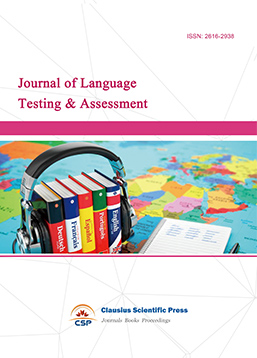
-
Information and Knowledge Management
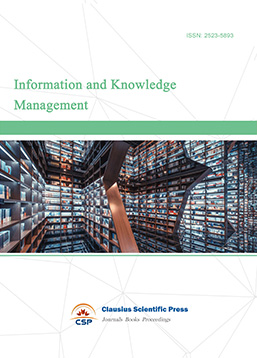
-
Military and Armament Science

-
Media and Communication Research

-
Journal of Human Movement Science
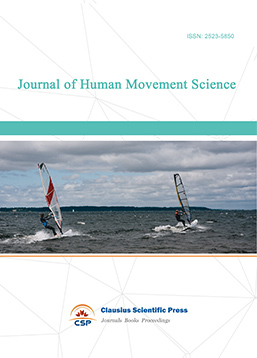
-
Art and Performance Letters

-
Lecture Notes on History
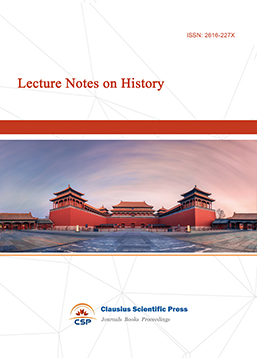
-
Lecture Notes on Language and Literature

-
Philosophy Journal
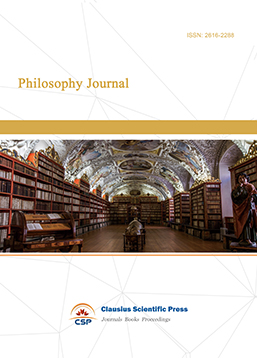
-
Journal of Political Science Research
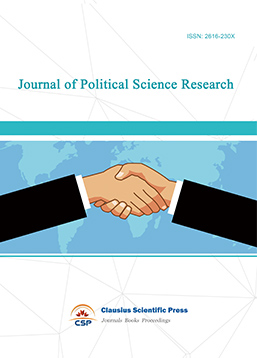
-
Journal of Sociology and Ethnology
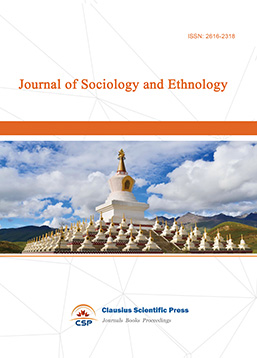
-
Advances in Broadcasting
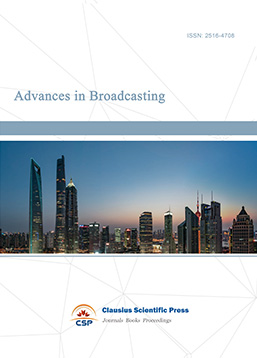

 Download as PDF
Download as PDF